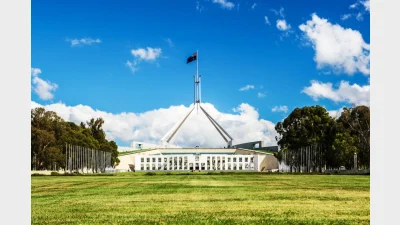New research delivers cautionary note on super draw-downs



Contrary to some commonly-held views, Australian retirees do not plough through their superannuation balances and fall back on the Age Pension, according to new research released by the Actuaries Institute Retirement Income Working Group.
Instead, it seemed that at least half of retirees took a much more conservative approach drawing down the regulated minimum, although there were concerns that this may not be the case in the future.
In what was being touted as one of the most comprehensive reviews of the situation, two studies sponsored by the Institute of Actuaries – one from actuarial firm, Plan for Life, and the other from the CSIRO – delivered a sobering message about super/pension arrangements, predicting there would be an increasing number of retirees in the future who would run down their superannuation accounts completely, by drawing down more than 10 per cent of their balances.
Commenting on the findings, the convenor of the Retirement Income Working Group, Anthony Asher, said the data confirmed research from other sources that a significant minority of retirees had, in recent years, run out of retirement savings before death.
However he said the next step was to understand why.
"It could be intentional and a natural step as their income needs decline, such that the Age Pension is sufficient at older ages. On the other hand, they may have lost money due to dementia, financial abuse of some kind, or poor decision making," Asher said.
The reports' main findings include:
While average account sizes were significantly lower for industry funds when compared with retail, corporate and self-managed funds, their pension and partial drawdown patterns were remarkably similar suggesting shared behaviours between pensioners in all groups.
Close to 50 per cent of pensioners seemed very cautious and drew the regulated minimum from their accounts, underlining the importance of default mechanisms in superannuation. This was true for all types of funds.
Some retirees would exhaust their superannuation balances entirely and while the proportion overall was small (about five per cent of self-managed superannuation fund [SMSF] balances), the numbers will grow in future years as the population ages. This is because, between the ages of 75 and 85, about a fifth of balances were being drawn down at more than 10 per cent of their balances, which was not sustainable for those who lived longer than average.
The data also revealed that approximately 400,000 accounts, totalling $22 billion, were withdrawn in full from non-SMSF accounts, reflecting a large number of small accounts. Interestingly, average full withdrawal amounts for industry funds were found to be two to three times larger than for retail and corporate funds;
The average balance on death for retail and corporate funds was $50,000. However, the superannuation system is not yet fully mature and these balances did not reflect participation in the superannuation system throughout a working life.
Recommended for you
Former ASIC and APRA leaders launch a conflict-free model to meet rising prudential expectations.
ASFA has launched a central online hub to help super funds, employers and service providers prepare for Payday Super reforms.
The Super Members Council is calling on the government and regulators to impose additional safeguards to prevent superannuation switching harm and has put forward multiple suggestions for improvements.
The Assistant Treasurer has reaffirmed the government’s commitment to strengthening retirement outcomes, consumer protections and cyber resilience in superannuation.









